Reverse Osmosis (RO) is one of the most effective methods of water purification. It uses a membrane to remove contaminants from water by pushing it through a semi-permeable membrane under pressure. But what exactly is reverse osmosis equipment, and how does it work? In this article, we will explore the function of reverse osmosis equipment and the key role manufacturers like Besta Membrane play in producing these devices.
What is Reverse Osmosis?
Reverse osmosis is a water purification process that involves pushing water through a membrane that allows only water molecules to pass through, blocking contaminants such as salts, bacteria, and other particles. It is the opposite of osmosis, where water naturally flows from an area of low solute concentration to an area of high solute concentration. In reverse osmosis, pressure is applied to reverse this natural flow.
How Does Reverse Osmosis Equipment Work?
Reverse osmosis equipment operates in a multi-stage process to produce clean, purified water. Below are the main components and steps involved:
-
Pre-Filtration: Before water reaches the RO membrane, it is first passed through a pre-filter. This filter removes larger particles such as dirt, sand, and chlorine.
-
Reverse Osmosis Membrane: The core of the system, the reverse osmosis membrane, is where the actual filtration happens. Water is pushed through the membrane under pressure, separating clean water from contaminants.
-
Post-Filtration: After the RO membrane, a post-filter removes any remaining impurities, ensuring that the water is as clean as possible.
-
Storage: The purified water is then stored in a tank for future use. The rejected contaminants, or “wastewater,” are flushed away.
Key Components of Reverse Osmosis Equipment
| Component | Function |
|---|---|
| Pre-Filters | Remove large particles like sediment and chlorine |
| RO Membrane | Filters contaminants from water through semi-permeable membrane |
| Post-Filters | Removes any remaining small particles after filtration |
| Storage Tank | Stores the purified water for future use |
Why Is Reverse Osmosis Effective?
Reverse osmosis is an effective method of water purification because it can remove up to 99% of contaminants from water, including harmful bacteria, viruses, salts, and heavy metals. This makes it ideal for producing clean drinking water and for industrial applications where high-quality water is essential.
Besta Membrane: A Leading Manufacturer in RO Technology
Besta Membrane is one of the leading manufacturers of reverse osmosis membranes. They provide high-quality membranes that are crucial for ensuring the efficiency of RO systems. With years of experience in membrane technology, Besta Membrane produces products that are durable, reliable, and capable of delivering high performance even under extreme conditions.
Applications of Reverse Osmosis Equipment
Reverse osmosis equipment is widely used across various industries. Here are a few key applications:
-
Drinking Water: It is commonly used in home filtration systems and large-scale municipal water treatment plants.
-
Food and Beverage: In the food industry, RO is used to purify water for products like bottled beverages and dairy.
-
Healthcare: RO systems are essential for producing pure water for medical procedures and pharmaceuticals.
-
Industrial Use: RO is used in industries that require high-quality water for processes like electronics manufacturing or power generation.
Advantages of Reverse Osmosis Systems
-
Cost-Effective: RO systems are relatively affordable to install and maintain compared to other water treatment methods.
-
Compact: Many RO systems are small and can fit easily into residential or commercial spaces.
-
High Efficiency: They can purify large amounts of water with minimal energy use.
Challenges and Considerations
While RO systems are highly effective, they also come with certain challenges:
-
Wastewater: One of the main drawbacks is that RO systems produce wastewater. For every gallon of purified water, about 3 gallons of wastewater can be produced.
-
Membrane Maintenance: The RO membrane can become clogged over time, requiring regular maintenance or replacement.
| Pros | Cons |
|---|---|
| High efficiency | Produces wastewater |
| Removes up to 99% of contaminants | Requires regular membrane maintenance |
| Ideal for various industries | Can be expensive for large-scale use |
Conclusion
Reverse osmosis equipment is a vital tool in ensuring clean, purified water for various applications. The process is simple but highly effective, capable of removing nearly all contaminants from water. Manufacturers like Besta Membrane play an essential role in providing high-quality RO membranes, ensuring the system’s efficiency and durability. Despite some challenges, such as wastewater production and membrane maintenance, the benefits of reverse osmosis make it one of the best methods for water purification.
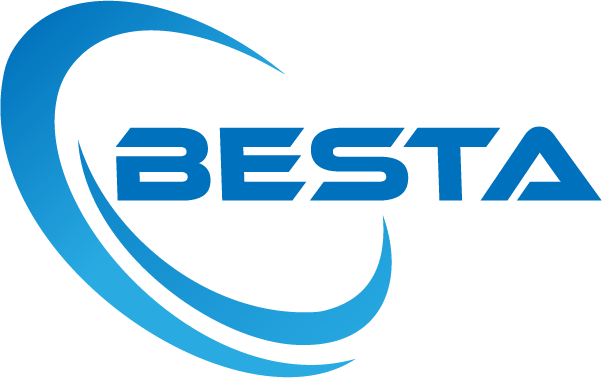
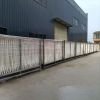 MBR Membrane
MBR Membrane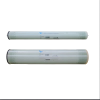 Reverse Osmosis Membrane
Reverse Osmosis Membrane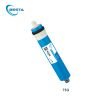 Residential Ro Membrane
Residential Ro Membrane UF Membrane
UF Membrane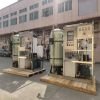 Water Treatment Plant
Water Treatment Plant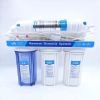 Residential Ro Machine
Residential Ro Machine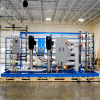 Brackish Ro System
Brackish Ro System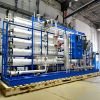 Sea water system/SW RO plant
Sea water system/SW RO plant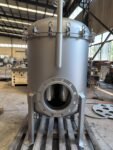 Bag Filter
Bag Filter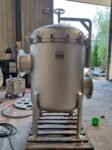 Cartridge Filter
Cartridge Filter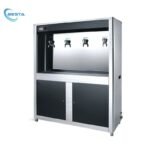 Commercial Water Filtration System
Commercial Water Filtration System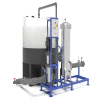 Membrane Cleaning System(CIP)
Membrane Cleaning System(CIP)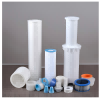 Consumables Accessories
Consumables Accessories
